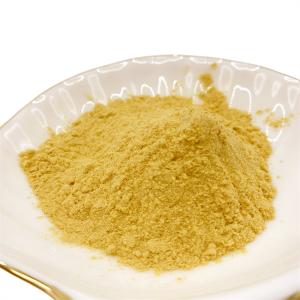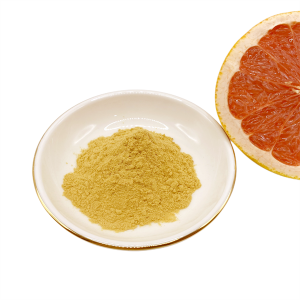Chitosan is becoming increasingly popular in agriculture for its potential benefits to plant health, including improved growth, improved resistance to pests and diseases, and overall plant vitality. Here are some ways to use chitosan on plants:
1.Foliar Spray
Application: Chitosan can be dissolved in water and sprayed directly onto plant leaves. This method can help improve plant resistance to pests and diseases.
Directions: Foliar Spray: 1:8 000~10 000.
2.Seed Treatment
Application: Chitosan can be used to coat seeds before planting, which can improve germination rates and seedling vigor.
How to Use: Soak seeds in a chitosan solution for a few hours before planting. Allow seeds to dry before sowing. Seed soaking: 1:12 000-15 000.
| Chitosan Oligosaccharide Deacetylation ≥95% Molecule Weight <3000DA (90% ≤1000DA) Foliar Spray: 1:8 000~10 000 Seed soaking: 1:12 000-15 000 |
 |
 |
3.Pest and Disease Management
Application: Chitosan has been shown to induce systemic resistance in plants, helping them to resist pests and diseases.
How to Use: Spraying chitosan onto leaves will help maintain plant health and resilience.
4.Combination with other inputs
Application: Chitosan can be combined with fertilizers or other biopesticides to enhance their effectiveness.
Conclusion
Chitosan can be a valuable addition to your plant care regimen, promoting growth and health while potentially reducing the need for chemical inputs.
For more information, please feel free to contact us:Info@g-teck.net
Post time: Nov-12-2024




